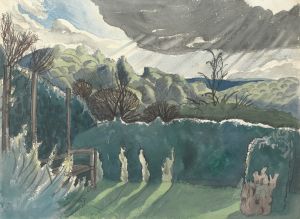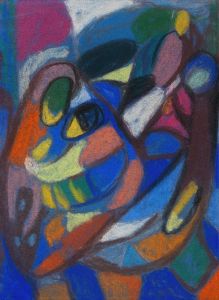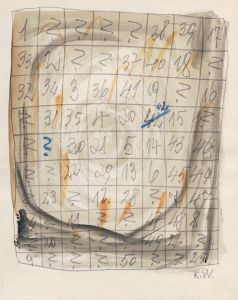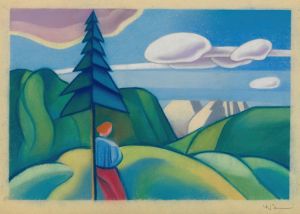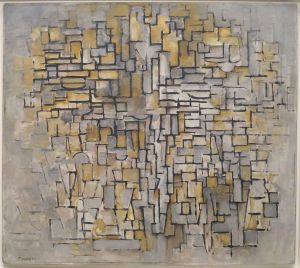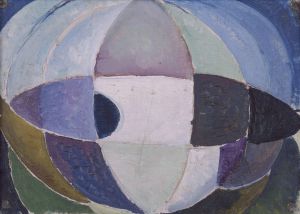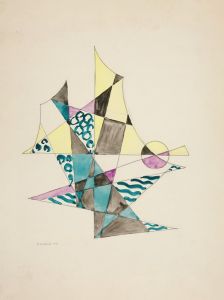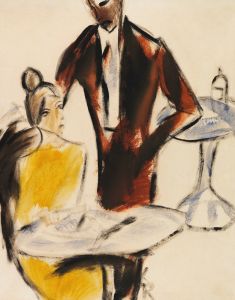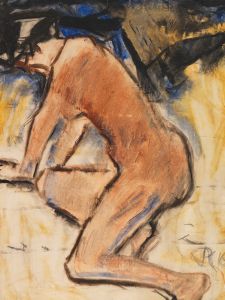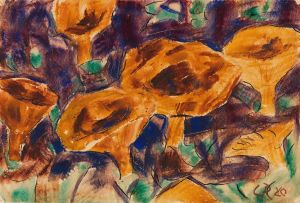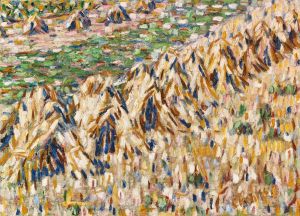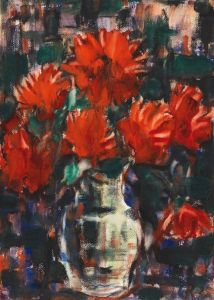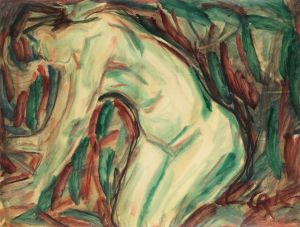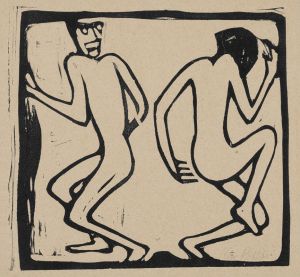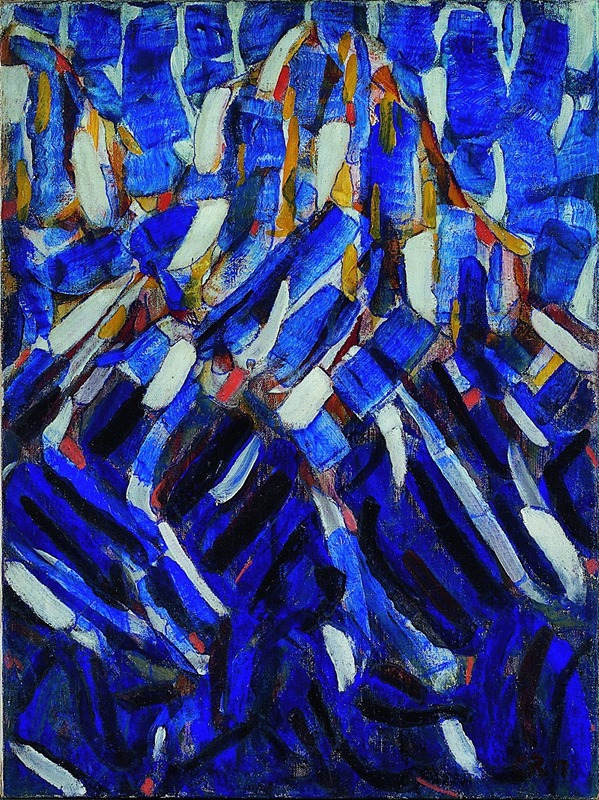
Abstraction
A hand-painted replica of Christian Rohlfs’s masterpiece Abstraction, meticulously crafted by professional artists to capture the true essence of the original. Each piece is created with museum-quality canvas and rare mineral pigments, carefully painted by experienced artists with delicate brushstrokes and rich, layered colors to perfectly recreate the texture of the original artwork. Unlike machine-printed reproductions, this hand-painted version brings the painting to life, infused with the artist’s emotions and skill in every stroke. Whether for personal collection or home decoration, it instantly elevates the artistic atmosphere of any space.
Christian Rohlfs (1849–1938) was a prominent German painter associated with the Expressionist movement. He is known for his vibrant use of color and dynamic compositions, which often reflect the emotional intensity characteristic of Expressionism. One of his notable works is "Abstraction," a painting that exemplifies his mature style and innovative approach to art.
"Abstraction" by Christian Rohlfs is a work that showcases his transition from more traditional forms of painting to a more abstract and expressive style. Rohlfs, who began his career with a focus on landscapes and naturalistic subjects, gradually moved towards abstraction as he was influenced by the avant-garde movements of the early 20th century. This painting is a testament to his exploration of color, form, and emotion, which became central themes in his later works.
The painting is characterized by its bold use of color and dynamic brushstrokes. Rohlfs employs a palette that is both vivid and harmonious, creating a sense of movement and energy. The composition is non-representational, focusing instead on the interplay of shapes and colors to evoke an emotional response from the viewer. This approach aligns with the Expressionist goal of conveying subjective experiences and emotions rather than depicting objective reality.
Rohlfs' "Abstraction" reflects his interest in the expressive potential of color and form. The painting does not adhere to a specific narrative or subject matter, allowing viewers to interpret it in a personal and subjective manner. This open-ended quality is a hallmark of abstract art, inviting multiple interpretations and engaging the viewer's imagination.
Throughout his career, Rohlfs was influenced by various art movements and artists. He was particularly inspired by the works of Vincent van Gogh and Edvard Munch, whose use of color and emotional intensity resonated with his own artistic vision. Rohlfs' involvement with the Expressionist movement further encouraged his exploration of abstraction and emotional expression in art.
"Abstraction" is an example of Rohlfs' contribution to the development of modern art in Germany. His work was part of a broader movement that sought to break away from traditional artistic conventions and explore new ways of seeing and representing the world. Rohlfs' paintings, including "Abstraction," are celebrated for their innovative use of color and form, as well as their ability to convey deep emotional and psychological states.
Christian Rohlfs' legacy as an artist is marked by his commitment to experimentation and his ability to adapt to changing artistic trends. His work continues to be studied and appreciated for its contribution to the Expressionist movement and its influence on subsequent generations of artists. "Abstraction" remains a significant piece within his oeuvre, exemplifying his mastery of color and form and his dedication to exploring the expressive possibilities of art.





